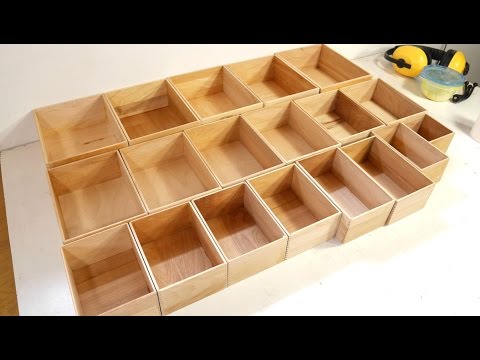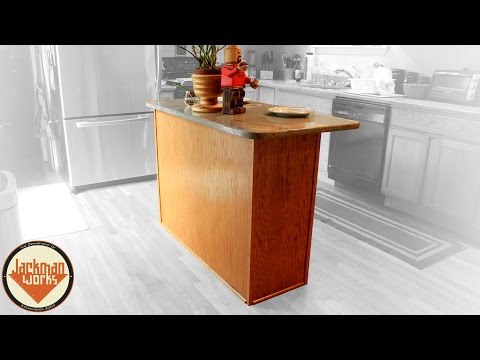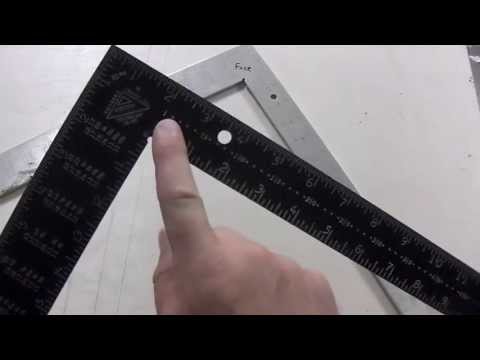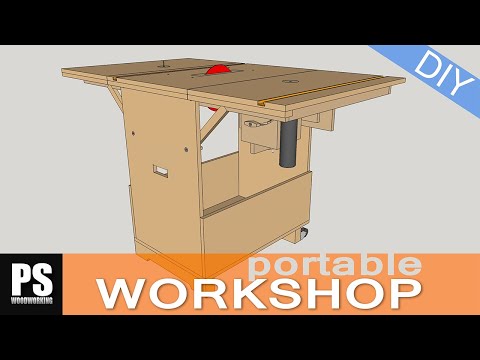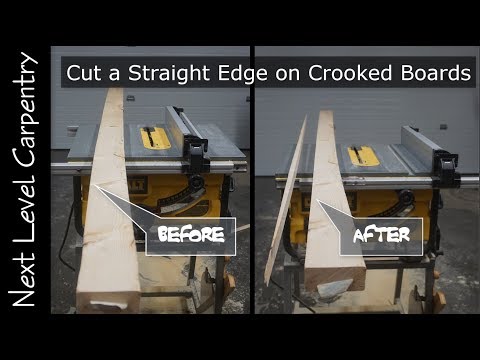A slimmed-down version of a woodshop classic with a couple of safety features, to boot.
Large tablesaw sleds are a staple of woodshops. They allow you to make crosscuts on large pieces of lumber and are much easier to use than the miter gauge attachment that came with your saw. But they are a little bulky for small and medium-sized work, so Matthias made a smaller version, which he found to be a lot more useful than he originally anticipated.
The runner can be aluminum stock or hardwood.
Matthias had some cocobolo in the dumpster of a hardwood flooring store, so he decided to use that. Rip to a size slightly wider than needed. He then uses calipers and a dial indicator to home in on the correct width.
- Rip the runner a wee bit wide
- Measure slot and the runner with calipers, subtract the larger (runner) from the smaller (slot) for the difference (what to cut).
- Set the dial indicator to the fence and move the fence toward the blade the difference in the two measurements.
- Cut the runner.
- Test the fit and repeat the process as needed (usually). When sliding hardwood through a tablesaw, the blade may deflect slightly, sending you back to step 2.
You can screw the runner to the bottom of the sled, but Matthias chose to upgrade this joint with a dado and screws.
Make the Dado using a saw blade with flat teeth
- Begin the cuts at approx the distance between the slot and the blade.
- Make successive cuts until you get the right fit, using the runner to test the fit with each pass.
- If you wind up with a little play in the joint (welcome to the club), use hot glue to shim it. The hot glue isn't really the fastening mechanism, but it will make a wonderful liquid shim.
- Preheat the joint with a heat gun to slow the hot glue's drying process.
- A tiny bead along one edge of the dado will be all the shim you need to snug up the runner.
- Fasten the runner into the slot with 1/2 inch #4 wood screws, predrilled to be slightly smaller than the screws.
Assemble the rest of the sled
Make the front and back rails with a scrap of 2x10 as long as the sled will be wide (~18 inches).
- Rip the 2x10 to yield a couple of 3 in. x1-1/2 in. strips and run them over a jointer, through a planer, and then back over the jointer (to remove any snipe from the planer).
- Cut a small chamfer along one corner of the fence as a place for sawdust to collect. A hand plane is all you need to use.
- Cut the blade slot in the sled bottom. Set the sled's runner into the slot and push it through the table saw. The offcut will be the other half of the sled's floor.
- Mount the back rail to the sled. Because the cut in the previous step is exactly parallel to the blade and the slot, you can square off the cut to place the back fence. Use an accurate framing square.
- Clamp the back fence to the sled and drill pilot holes for screws.
- Screw the fence to the sled bottom.
- Add back the rest of the sled's floor and run the sled through the table saw blade twice—to cut a strip down the middle of the sled and to cut off one end. This adds versatility to the sled.
Safety features:
- Add a safety block over the saw kerf in the back of the sled to prevent inadvertently placing your hands in the wrong spot. And finding out about it #TheHardWay
- A hinged block added to the front will ride over the table saw surface, but drop down and stop against the outfeed table, which prevents the user from pushing the sled too far through the blade that it could emerge out the back of the sled, putting the user at risk.
Finish the sled
- Matthias adds three coats of varnish to the bottom of the sled, and one coat to the inside "so that it doesn't get too slippery there."
- But first, he covers the runner with masking tape.
The result: A handy little sled that makes easy work of crosscuts, repetitious cuts, vertical and horizontal notches, and square cuts on big wood.
— is a woodworker, engineer, and artist.

